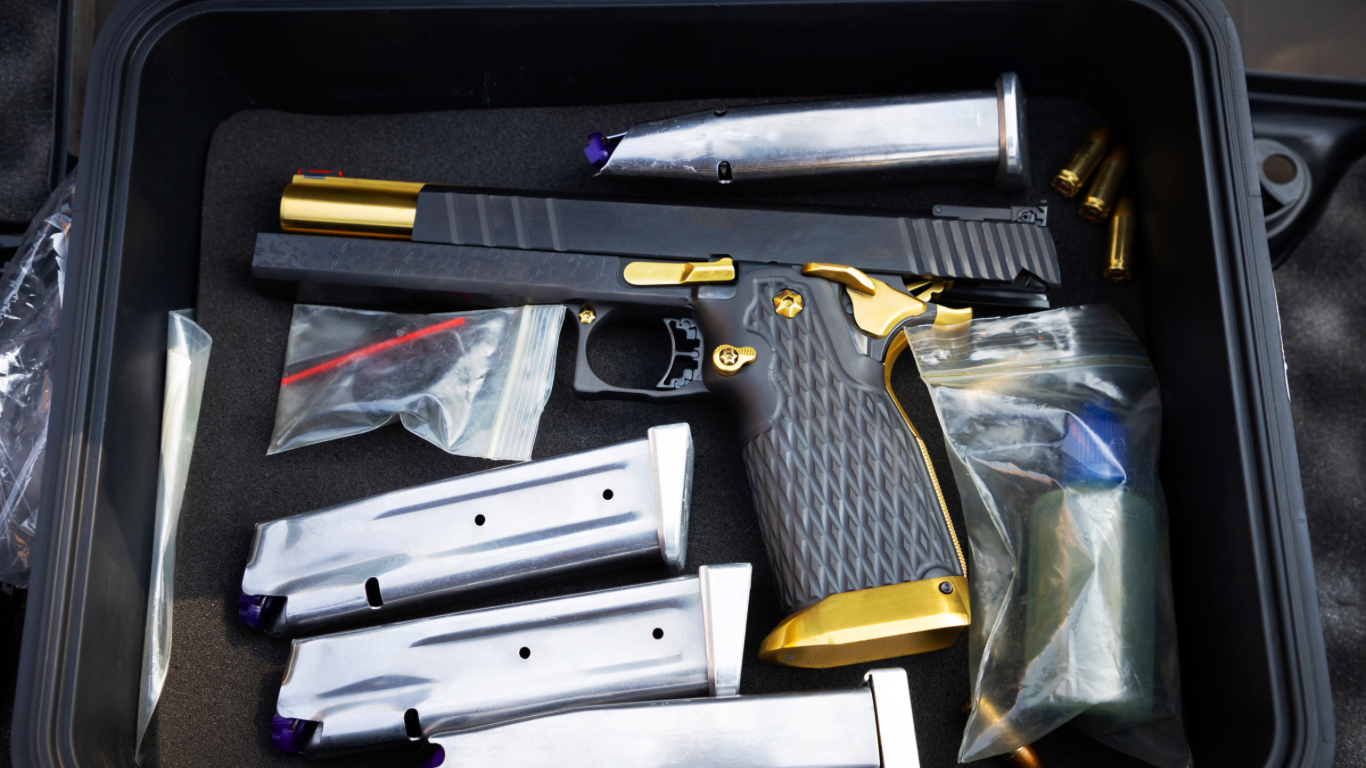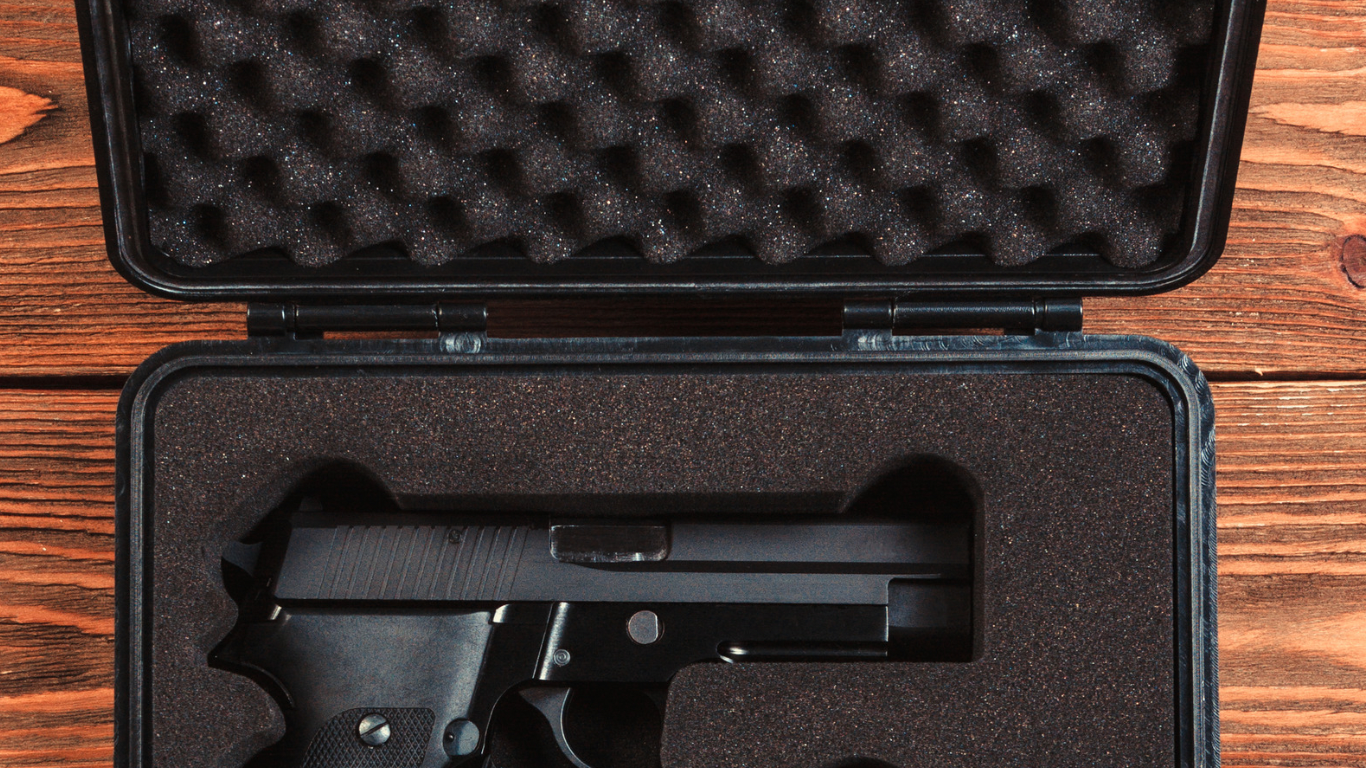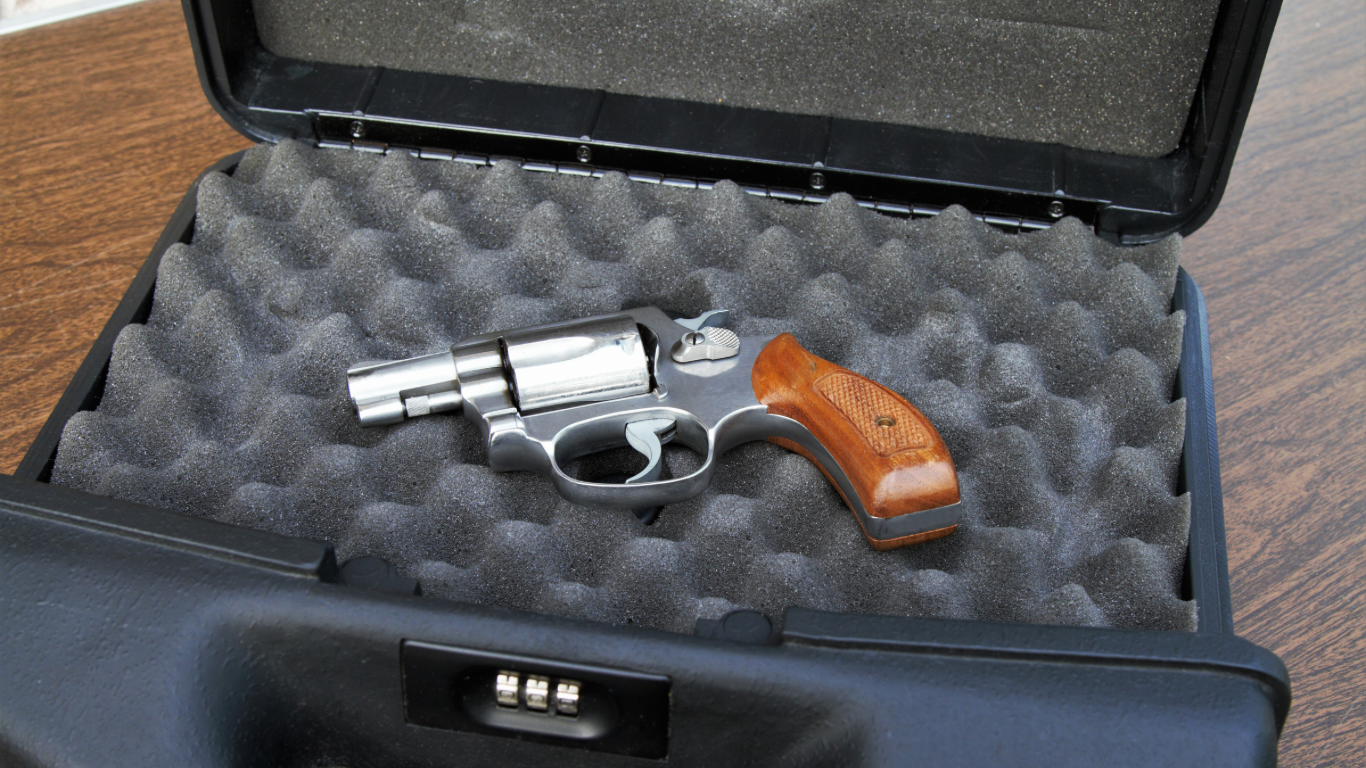Transporting guns and ammunition is a tricky and sensitive task, which comes with its fair share of risks. However, it’s essential to ensure that they are safely transported to avoid any possible dangers. Gun and Ammo transportation requires careful handling and specialized vehicles to guarantee their safe arrival at the intended destination. In this blog post, we will delve into the risks of transporting guns and ammunition and how to minimize them.
Transporting Guns and Ammo Without Proper Packaging
One of the most significant risks involved in gun and ammo transportation is improper packaging. Guns and ammo must be tightly packed, securely sealed, and properly labeled to be transported safely. If adequate packaging is not used, there are higher chances of the guns or ammunition getting damaged, which may cause significant hazards. Additionally, incorrect packaging may also lead to the theft of the weapons while in transit.
Failure to Comply with Federal and State Laws
Transporting guns and ammunition requires careful attention to and compliance with both federal and state laws. Different states have different laws and regulations that govern the transportation of guns and ammunition in their territories. Each state administration has restrictions on the types of firearms that can be transported, the amount of ammunition allowed, and how the weapons should be secured.
Reckless Driving on the Part of the Transporter
Another risk associated with gun and ammo transportation is reckless driving. Drivers who transport firearms and ammunition must take safety measures and employ caution to minimize accidents when on the road. Inexperienced or reckless drivers may cause accidents that may result in the weapons becoming dangerous, leading to irreparable injuries and damages.
Exposure to Inclement Weather
Transporting guns and ammunition exposes them to different weather conditions, which may pose a threat to their integrity. Guns and ammo are susceptible to rust and corrosion, and exposure to snow, rain, or humidity may damage them. During transportation, it’s vital to store them in sealed, air-tight containers to minimize exposure to harsh weather conditions.
Unauthorized Access to Guns and Ammo
Last but not least, unauthorized access is also a significant risk in gun and ammo transportation. Guns and ammunition must be handled by authorized personnel only, and their transportation should be secure and confidential. To eliminate the risk of theft or misplacement of firearms, transporting them using secure vehicles and trained personnel is essential.
Conclusion
Transporting guns and ammunition safely takes more than just a vehicle, it requires adequate knowledge of gun laws, the proper packaging to avoid damage or theft, and a competent and cautious driver. Knowing and understanding the risks involved in gun and ammo transportation enables the transporter to take necessary measures to minimize them. It also helps in ensuring that the weapons arrive safely at their intended location and that everyone involved in the transportation process is secure. We hope that this blog post has been helpful in enlightening the readers on the risks involved in gun and ammo transportation and how to minimize them.






